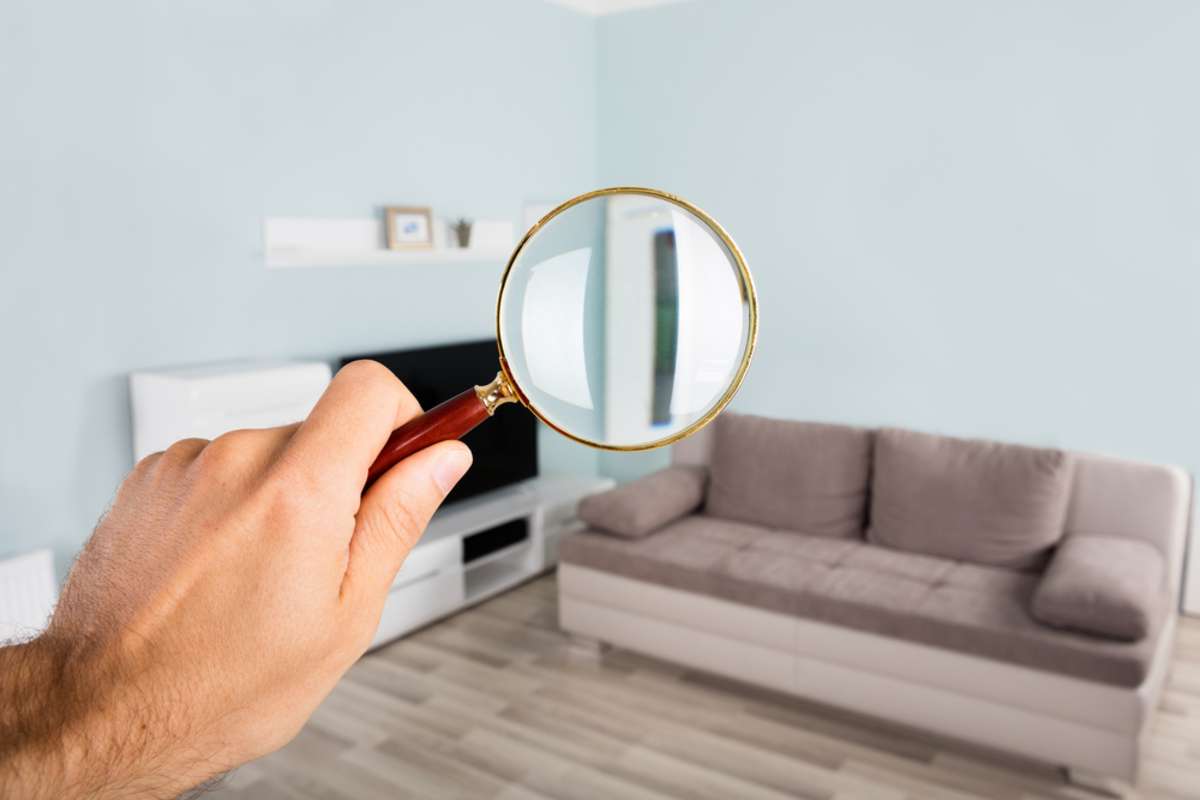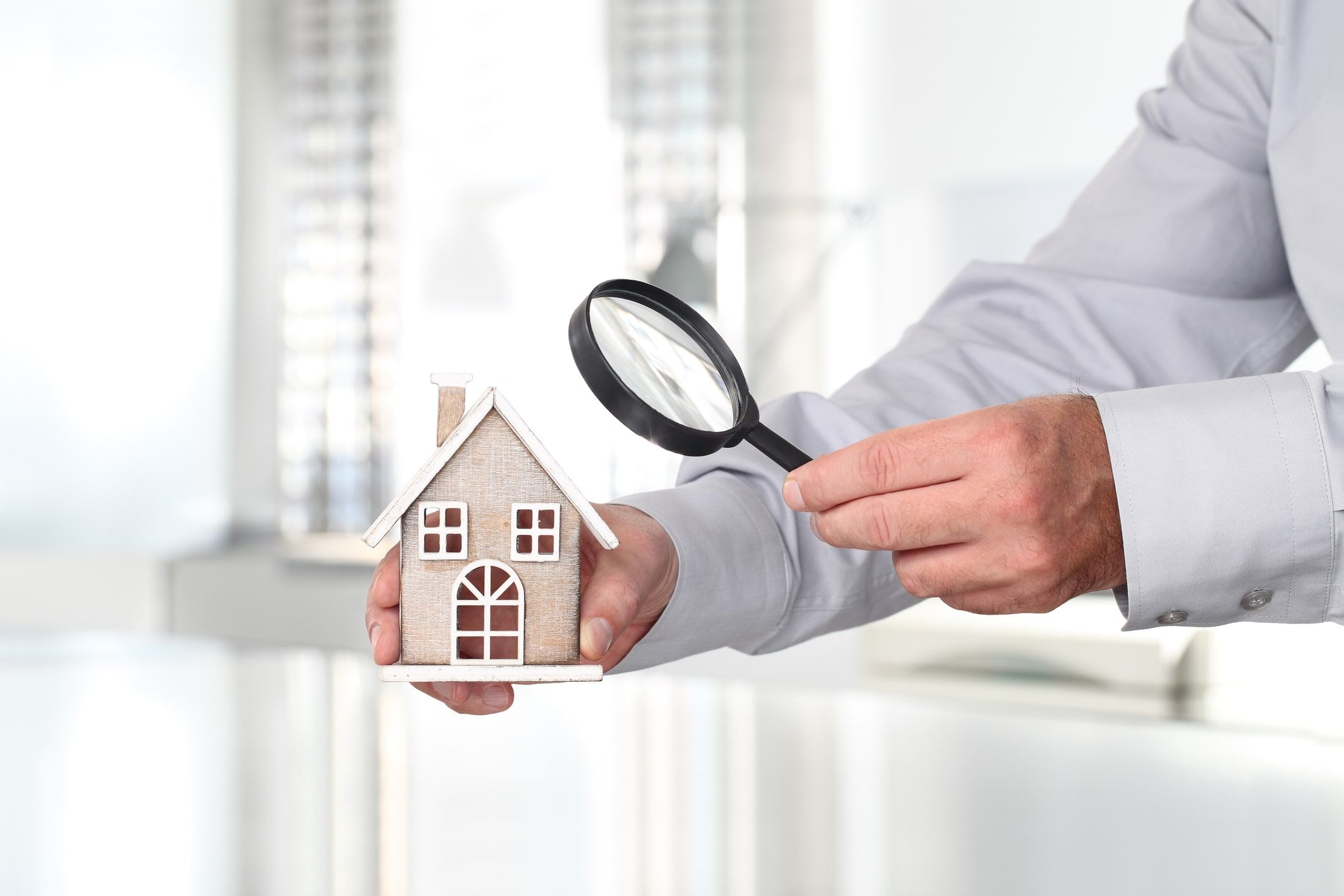What Is Consisted of in an Extensive Home Assessment Process?
A comprehensive residential or commercial property inspection process is important for guaranteeing and securing investments safety and security. It incorporates a careful examination of structural stability, electrical systems, pipes, and Heating and cooling units, amongst various other vital elements. What, then, are the most crucial aspects that can make or damage a residential or commercial property evaluation?
Overview of Property Evaluation

The inspection includes numerous essential areas, consisting of the outside and interior components, systems such as pipes and electric, and any kind of visible structural parts (Phoenix property inspections). During the process, the examiner documents the problem of these components, trying to find indications of wear, damage, or potential risks
A complete home inspection not only helps prospective purchasers make educated decisions but likewise assists current owners in recognizing necessary fixings or upkeep tasks. By supplying a thorough report of findings, the assessment makes it possible for stakeholders to prioritize problems that may require prompt focus or could influence future investment.
Furthermore, an efficient inspection procedure follows developed market criteria and standards, ensuring a regular and reputable assessment. On the whole, the property inspection procedure is an important device in actual estate deals, promoting transparency and securing both customer and vendor interests.
Architectural Analysis

Throughout the assessment, experts assess numerous components, consisting of the foundation, framing, walls, and roofing system systems. They try to find signs of changing or clearing up, such as splits in wall surfaces or unequal floors, which can signify underlying concerns. The assessment also entails examining the quality of construction materials and techniques utilized, guaranteeing conformity with building ordinance and criteria.
Furthermore, assessors may look for indications of moisture intrusion, which can bring about wood rot and mold, further jeopardizing structural honesty. They also evaluate load-bearing elements to guarantee they can properly support the weight of the structure and its contents.
Ultimately, a complete structural examination provides invaluable understandings for prospective buyers and homeowners, enabling them to make enlightened choices regarding home investments and required upkeep. By determining architectural worries early, proprietors can resolve concerns proactively, maintaining the lasting worth and security of the residential property.
Electrical System Evaluation
A reliable electric system evaluation is important in the residential or commercial property evaluation procedure, as it assesses the safety, performance, and compliance of a building's electrical facilities - Home inspections. This assessment usually incorporates an extensive examination of the primary electrical panel, breaker, and electrical wiring systems. Inspectors search for signs of wear, corrosion, or damage that may jeopardize security
The analysis includes testing for sufficient grounding and bonding, ensuring that the electrical system is appropriately attached to avoid electrical shock or fire risks. Examiners likewise evaluate the capability of the electrical system to deal with the current lots, recognizing any kind of possible overwhelming problems that might result in failures or outages.
Furthermore, the assessment look for the visibility of GFCI (Ground Mistake Circuit Interrupter) and AFCI (Arc Fault Circuit Interrupter) tools in suitable see here now locations, which are vital for shielding versus electrical shocks and avoiding fires. Conformity with neighborhood building ordinance and policies is also validated to make sure that any installations or alterations satisfy safety standards.

Plumbing and Heating And Cooling Checks
Adhering to the electric system evaluation, the pipes and a/c checks are integral elements of the residential property inspection process. These evaluations ensure that the important systems of the building are operating correctly and safely, thereby safeguarding the investment and wellness of the residents.
During plumbing inspections, specialists analyze the problem of pipelines, components, and drainage systems. They look for leakages, deterioration, and any kind of indicators of water damage that can show larger issues. The efficiency of hot water heater is additionally examined to ensure they fulfill current standards and supply appropriate warm water supply.
The HVAC checks entail a detailed assessment of ventilation, home heating, and air conditioning systems. Examiners will certainly assess the operational efficiency of these systems, making certain that they preserve a comfy indoor environment. This includes examining the heater, air conditioner, thermostat, and ductwork functionality. Additionally, the assessor will certainly look for any type of signs of wear or prospective safety and security risks, such as carbon monoxide gas leaks in heater.
Outside and Interior Assessments
Outside and interior examinations are vital elements of the residential or commercial property assessment procedure, giving a comprehensive summary of a property's learn this here now condition. The outside assessment involves reviewing structural aspects such as the roof, exterior siding, structure, and windows. Examiners seek signs of wear, damage, or possible hazards, including water invasion, mold and mildew growth, and bug invasions. They likewise assess the bordering landscape, making sure correct drain and determining any trees or greenery that may threaten the residential or commercial property.
The interior assessment focuses on the condition of living areas, consisting of wall surfaces, floor covering, and ceilings. Inspectors analyze the performance of windows, doors, and appliances, while additionally inspecting for signs of moisture or architectural issues. Electrical systems, plumbing components, and cooling and heating devices are looked at to ensure they are in working order, certified with building ordinance, and devoid of safety and security dangers.
Both inspections finish in a detailed record that highlights critical findings and referrals for repairs or more evaluations. This double method guarantees that potential customers or proprietors are completely educated about the home's strengths and weak points, enabling them to make knowledgeable decisions.
Verdict
In conclusion, a comprehensive property inspection procedure encompasses an extensive examination of structural stability, electrical systems, pipes, and cooling and heating systems, along with thorough outside and indoor inspections - Commercial property inspections. By methodically evaluating each important component, possible safety and security risks and compliance with sector requirements and neighborhood building ordinance can be recognized. The resultant in-depth report functions as a crucial resource, equipping customers and home owners to make educated choices pertaining to residential property investments and maintenance, eventually enhancing safety and security and worth
A thorough building great site evaluation procedure is essential for securing financial investments and ensuring safety and security.Throughout the examination, specialists evaluate numerous components, consisting of the structure, framework, wall surfaces, and roof systems.An efficient electrical system assessment is critical in the home evaluation process, as it assesses the security, capability, and compliance of a building's electrical facilities.Exterior and interior examinations are vital aspects of the residential property assessment procedure, giving an extensive overview of a residential or commercial property's condition.In final thought, an extensive property assessment process encompasses a comprehensive evaluation of architectural integrity, electrical systems, plumbing, and Cooling and heating units, alongside comprehensive exterior and indoor assessments.